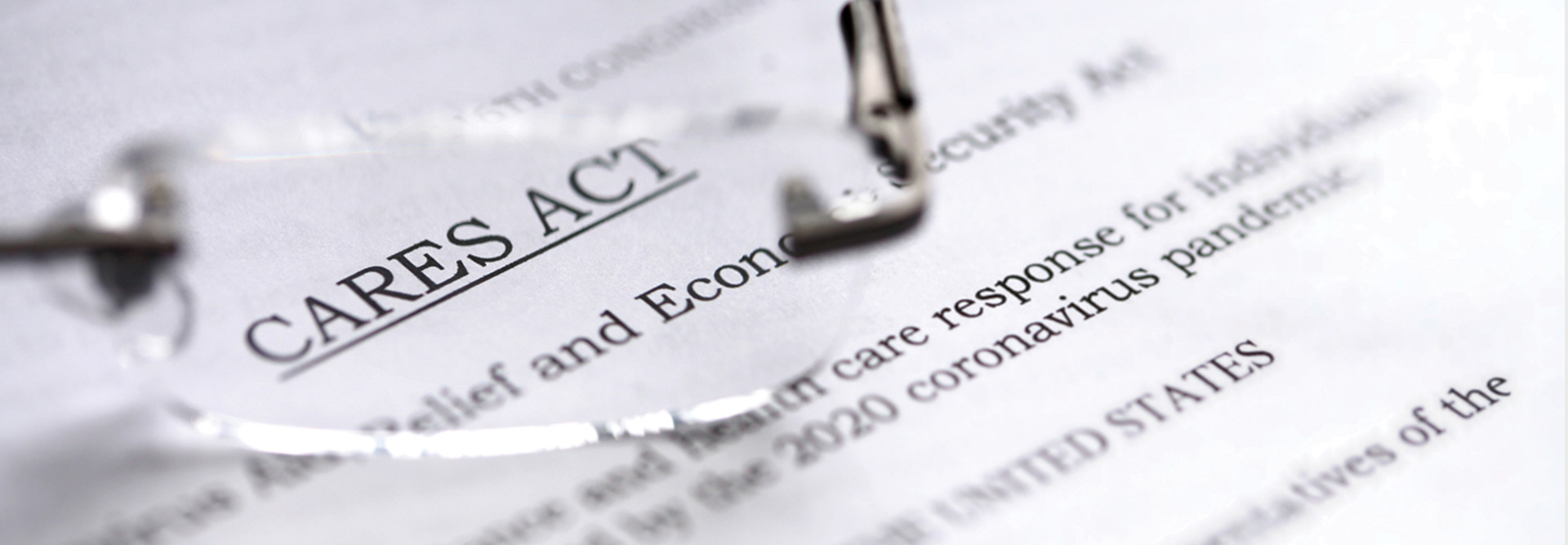When Making Use of CRF Funding, Timing Is Everything
With the CRF, when you buy is often as important as what you buy.
Realistically, the effects of the pandemic on higher education will persist for years. But CRF funds are only usable on expenses incurred after March 26, 2020, and through December 30, 2020.
In September, the Treasury Department provided more guidance on timelines for ordering and delivery. Key to this statement was an extension on the delivery of items purchased with CRF funds. As written, the law requires items to be delivered prior to December 30; however, the updated guidance allows delivery after that date if the delay is a result of supply chain issues.
Moreover, the costs of these purchases must not have already been accounted for in university budgets approved prior to March 27, 2020. This could include, for instance, redistributing existing resources and staff for purposes beyond their original scope and directly related to the university’s pandemic response.
States Distribute CRF Funding and Create Guidelines on Its Use
Whatever is purchased must address a need that arose as a result of the COVID-19 pandemic.
While other portions of CARES Act funding were distributed by the federal government, CRF funds were distributed directly to the states — who, in turn, can decide how to allocate and use the money. In most cases, states have chosen to distribute the funds as individual grants to school districts and post-secondary schools, including colleges and universities.
As such, while federal law sets the rules for how CARES funding can be used, states are responsible for determining the specifics on how schools can spend funds distributed from the CRF. Many states have narrowed the use of CRF funds through grants to target specific needs such as technology, networking, sanitation or security. Institutions receiving these funds must still comply with the rules their state establishes.
MORE FROM EDTECH: Make cost optimization part of your IT plan.
Appropriate CRF Use Is a Mix of Compliance and Common Sense
So far, states and schools have applied the funds in a variety of ways. Some funds have gone directly to cover pandemic-oriented healthcare and safety expenses, such as personal protective equipment, sanitization equipment and services, and separate housing for quarantined students
When it comes to technology and distance learning, most have used the money for networking-related uses, such as cloud infrastructure, virtualization or collaboration software. In some cases, schools have used portions of the funding to purchase audiovisual equipment like cameras, screens and microphones in order to enable higher-quality learning experiences.
The state of North Dakota, for example, allocated $44.5 million for virtual simulators, classroom and facility restructuring, technology needs, telework equipment and software, and other instructional resources. Likewise, Missouri set aside $10 million to support improved remote learning capabilities, including internet access and devices.
While more flexible than other portions of CARES Act funding, CRF funding is still subject to compliance rules and auditing. Schools must take care to ensure they’re not only using the funding on time but also in accordance of regulations, including the Office of Management and Budget’s Uniform Guidance requirements. It’s critical that CRF recipients be aware of their state’s guidelines in order to ensure they make the best possible use of the funding before it’s too late.
This article is part of EdTech: Focus on Higher Education’s UniversITy blog series.












